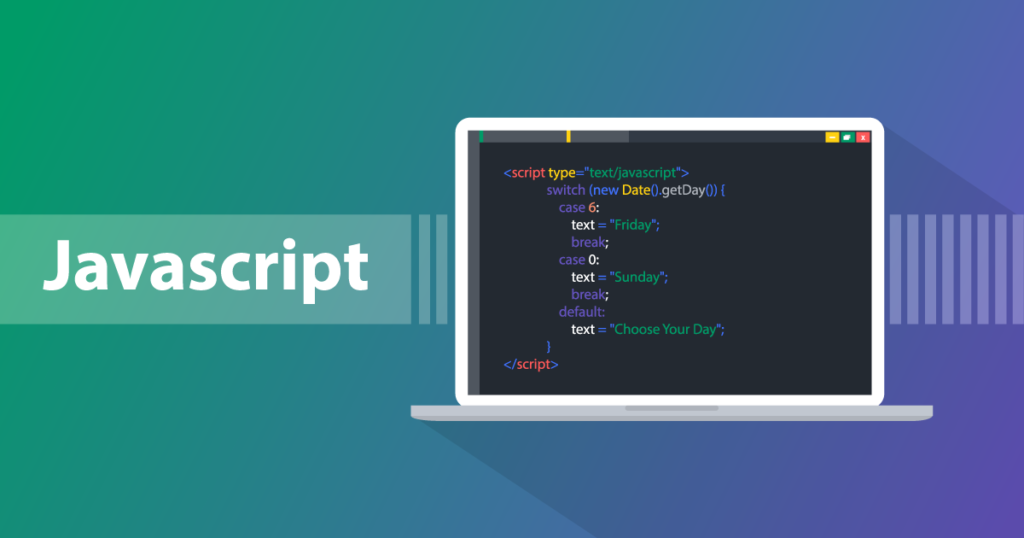
JavaScript has long been a central language in web development, enabling interactive, dynamic, and responsive user experiences. Over the years, JavaScript’s ecosystem has expanded dramatically with the development of various frameworks, libraries, and technologies that simplify and enhance the process of building web, mobile, and desktop applications. This article explores some of the most popular JavaScript technologies and their key uses, providing a guide to choosing the right tools for your development projects.
Why JavaScript Technologies are Essential in Modern Development
JavaScript technologies streamline the development process, allowing developers to build complex applications more quickly, maintain code effectively, and deliver enhanced performance. These tools are widely used across the industry, from start-ups to large-scale enterprises, due to their flexibility, scalability, and robust communities. Whether you’re developing a single-page application (SPA), a mobile app, or a back-end service, JavaScript technologies provide the necessary components to bring ideas to life.
Popular JavaScript Technologies and Their Uses
1. React: For Building User Interfaces
React, developed by Facebook, is a powerful JavaScript library used to create user interfaces, especially for single-page applications. It follows a component-based architecture, allowing developers to build reusable UI components. React’s virtual DOM enables efficient updates and rendering, making it ideal for dynamic, high-performance applications.
- Use Cases:
- Building complex, interactive web applications.
- Developing responsive mobile applications using React Native.
- Creating SPAs where seamless navigation between pages is crucial.
2. Angular: A Full-Featured Front-End Framework
Angular is a robust, full-featured front-end framework developed by Google. It offers everything needed for front-end development, including two-way data binding, dependency injection, and a powerful CLI for creating, testing, and deploying applications. Angular’s structure makes it ideal for building large-scale, enterprise-grade applications.
- Use Cases:
- Developing complex enterprise applications with extensive user interaction.
- Building progressive web apps (PWAs) and SPAs.
- Creating cross-platform applications using Angular and NativeScript.
3. Vue.js: Lightweight, Flexible, and Developer-Friendly
Vue.js is a progressive JavaScript framework known for its simplicity and flexibility. Vue is widely adopted in projects that require a lightweight, fast, and adaptable front-end solution. It offers two-way data binding, similar to Angular, and supports component-based architecture, making it easy to scale and maintain applications.
- Use Cases:
- Developing interactive front-end components that integrate seamlessly with existing projects.
- Building SPAs and small- to medium-sized applications.
- Prototyping user interfaces for quick testing and deployment.
4. Node.js: Server-Side JavaScript
Node.js has expanded JavaScript’s reach to the server side, allowing developers to write full-stack applications using JavaScript alone. With its non-blocking, asynchronous architecture, Node.js is highly scalable and suitable for handling real-time data, making it an ideal choice for applications requiring rapid data updates.
- Use Cases:
- Building APIs and RESTful services.
- Developing real-time applications such as chat apps and collaborative tools.
- Creating microservices for scalable architectures.
5. Express.js: A Minimal and Flexible Node.js Framework
Express.js is a lightweight web application framework for Node.js, designed to simplify the process of building web servers and APIs. Known for its minimal structure and flexibility, Express is popular for building robust back-end solutions. It’s especially useful for setting up REST APIs and handling HTTP requests.
- Use Cases:
- Developing RESTful APIs and server-side applications.
- Creating microservices that connect to a larger application.
- Building back-end services for single-page and mobile applications.
6. React Native: Cross-Platform Mobile Development
React Native allows developers to build mobile applications for both iOS and Android using JavaScript and React. This technology uses native components, providing a more native-like experience than traditional hybrid apps. React Native has gained popularity for its cost-effectiveness and efficiency in building cross-platform mobile apps.
- Use Cases:
- Developing mobile applications with shared codebases for iOS and Android.
- Building performant, interactive mobile user interfaces.
- Quickly prototyping and deploying mobile apps.
7. Electron: JavaScript for Desktop Applications
Electron enables developers to create cross-platform desktop applications using JavaScript, HTML, and CSS. It packages web applications as desktop apps, making it possible to build applications that run on Windows, macOS, and Linux. Electron powers well-known applications like Slack, VS Code, and Discord.
- Use Cases:
- Developing cross-platform desktop applications with a single codebase.
- Creating productivity tools, editors, and communication platforms.
- Building data-intensive applications with access to native file systems.
8. Next.js: The Power of Server-Side Rendering with React
Next.js is a React framework that enables server-side rendering (SSR) and static site generation (SSG), improving the performance and SEO of applications. Developed by Vercel, Next.js is popular for its routing capabilities and ability to create optimized, production-ready applications.
- Use Cases:
- Building fast, SEO-friendly web applications.
- Creating e-commerce sites with optimized page loading and indexing.
- Developing content-driven sites where SSR improves user experience.
9. Svelte: The Compiler-Based Framework
Svelte is a modern JavaScript framework that compiles code into vanilla JavaScript, resulting in faster load times and smaller bundles. Unlike traditional frameworks, Svelte shifts most of the work to compile time, so applications have minimal framework overhead.
- Use Cases:
- Building lightweight, high-performance applications.
- Prototyping applications quickly with minimal setup.
- Creating SPAs with improved runtime performance.
10. D3.js: Data-Driven Documents for Visualizations
D3.js is a JavaScript library specifically designed for data visualization. It allows developers to create interactive and dynamic charts, graphs, and other visual representations of data, making it ideal for applications that require complex data presentation.
- Use Cases:
- Creating dashboards and analytics tools with interactive visualizations.
- Developing visual storytelling projects with data.
- Building custom charts and graphs for data-driven applications.
11. Three.js: 3D Graphics on the Web
Three.js enables developers to create 3D graphics and animations within web browsers, using WebGL (Web Graphics Library). Three.js is widely used in applications that require immersive, interactive 3D experiences, such as games and simulations.
- Use Cases:
- Building 3D visualizations for data, products, and simulations.
- Developing browser-based games with 3D environments.
- Creating interactive web experiences with realistic animations.
12. Gatsby: The Fast, Static Site Generator
Gatsby is a static site generator built on React, offering optimized performance and SEO benefits. Gatsby is highly effective for building static websites that need to load quickly, such as blogs, portfolios, and documentation sites.
- Use Cases:
- Developing fast-loading, SEO-friendly static sites.
- Building blogs, portfolios, and content-heavy websites.
- Creating JAMstack (JavaScript, APIs, Markup) applications for scalability.
Conclusion: Choosing the Right JavaScript Technologies for Your Project
The wide array of JavaScript technologies available today provides tools and frameworks for almost any type of application. Each technology has unique strengths, making it essential to consider the specific needs of your project. For instance, React or Angular are excellent choices for building user interfaces, while Node.js and Express are ideal for back-end and server-side applications. For developers looking to build mobile apps, React Native offers a cost-effective solution, while Electron is perfect for creating desktop applications.
Whether you’re working on front-end, back-end, mobile, or desktop development, JavaScript’s diverse ecosystem makes it possible to build high-quality applications across platforms. By selecting the right tools, you can create engaging, high-performance applications that provide users with an exceptional experience, regardless of the device they use.

